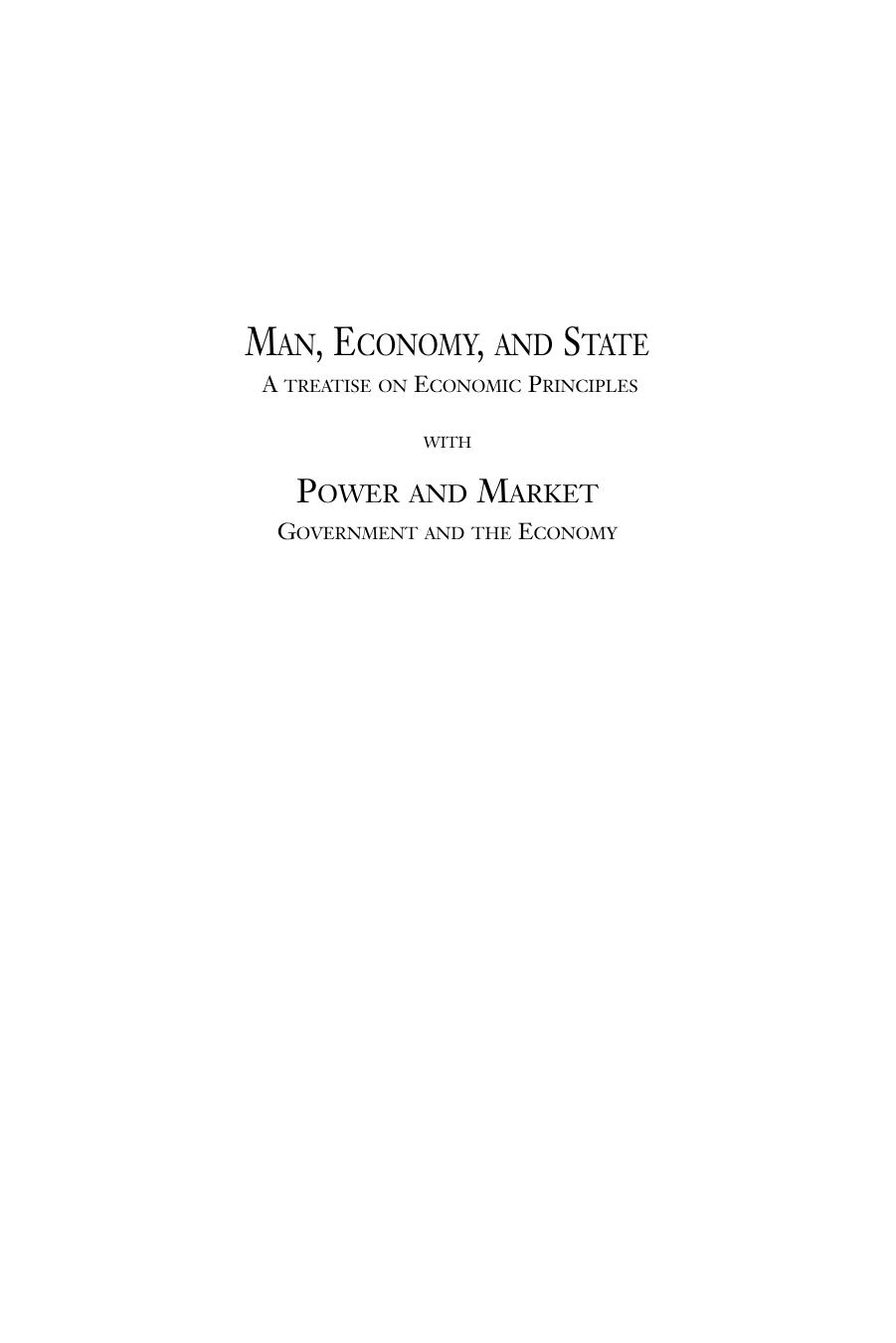Man, Economy, and State with Power and Market by Murray N. Rothbard

Author:Murray N. Rothbard [Rothbard, Murray N.]
Language: eng
Format: mobi, epub, pdf
Publisher: Ludwig von Mises Institute, Auburn, Alabama
Published: 2012-08-17T19:36:44+00:00
And yet, asserts Harrod puzzledly, the “accepted doctrine” apparently deems it “impossible to be an entrepreneur and not suffer from schizophrenia!”81 In short, the theory assumes that, in the long run, a firm having to produce at F will yet construct a plant with minimum costs at point E. Clearly, here is a patent contradiction with reality. What is wrong? Harrod's own answer is an excellent and novel discussion of the difference between long-run and short-run demand curves, with the “long run” always being a factor in entrepreneurial planning, but he does not precisely answer this question.
The paradox becomes “curiouser and curiouser” when we fully realize that it all hinges on a mathematical technicality. The reason why a firm can never produce at an optimum cost point is that (a) it must produce at a tangent of demand and average-cost curves in equilibrium, and (b) if the demand curve is falling, it follows that it can be tangent to a U-shaped cost curve only at some point higher than, and to the left of, the trough point. There are two considerations that we may now add. First, there is no reason why the cost “curve” should, in fact, be curved. In an older day, textbook demand curves used to be curves, and now they are often straight lines; there is even more reason for believing that cost curves are a series of angular lines. It is of course (a) more convenient for diagrams, and (b) essential to mathematical representation, for there to be continuous curves, but we must never let reality be falsified in order to fit the niceties of mathematics. In fact, production is a series of discrete alternatives, as all human action is discrete, and cannot be smoothly continuous, i.e., move in infinitely small steps from one production level to another. But once we recognize the discrete, angular nature of the cost curve, the “problem” of excess capacity immediately disappears (Figure 72). Thus the falling demand curve to the “monopolistic” firm, Dm, can now be “tangent” to the AC curve at E, the minimum-cost point, and will be so in final equilibrium.
Download
Man, Economy, and State with Power and Market by Murray N. Rothbard.epub
Man, Economy, and State with Power and Market by Murray N. Rothbard.pdf
This site does not store any files on its server. We only index and link to content provided by other sites. Please contact the content providers to delete copyright contents if any and email us, we'll remove relevant links or contents immediately.
International Integration of the Brazilian Economy by Elias C. Grivoyannis(75782)
The Radium Girls by Kate Moore(11639)
Turbulence by E. J. Noyes(7718)
Nudge - Improving Decisions about Health, Wealth, and Happiness by Thaler Sunstein(7261)
The Black Swan by Nassim Nicholas Taleb(6786)
Rich Dad Poor Dad by Robert T. Kiyosaki(6196)
Pioneering Portfolio Management by David F. Swensen(6092)
Man-made Catastrophes and Risk Information Concealment by Dmitry Chernov & Didier Sornette(5673)
Zero to One by Peter Thiel(5507)
Secrecy World by Jake Bernstein(4406)
Millionaire: The Philanderer, Gambler, and Duelist Who Invented Modern Finance by Janet Gleeson(4117)
The Age of Surveillance Capitalism by Shoshana Zuboff(4001)
Skin in the Game by Nassim Nicholas Taleb(3980)
The Money Culture by Michael Lewis(3859)
Bullshit Jobs by David Graeber(3851)
Skin in the Game: Hidden Asymmetries in Daily Life by Nassim Nicholas Taleb(3738)
The Dhandho Investor by Mohnish Pabrai(3574)
The Wisdom of Finance by Mihir Desai(3539)
Blockchain Basics by Daniel Drescher(3342)
